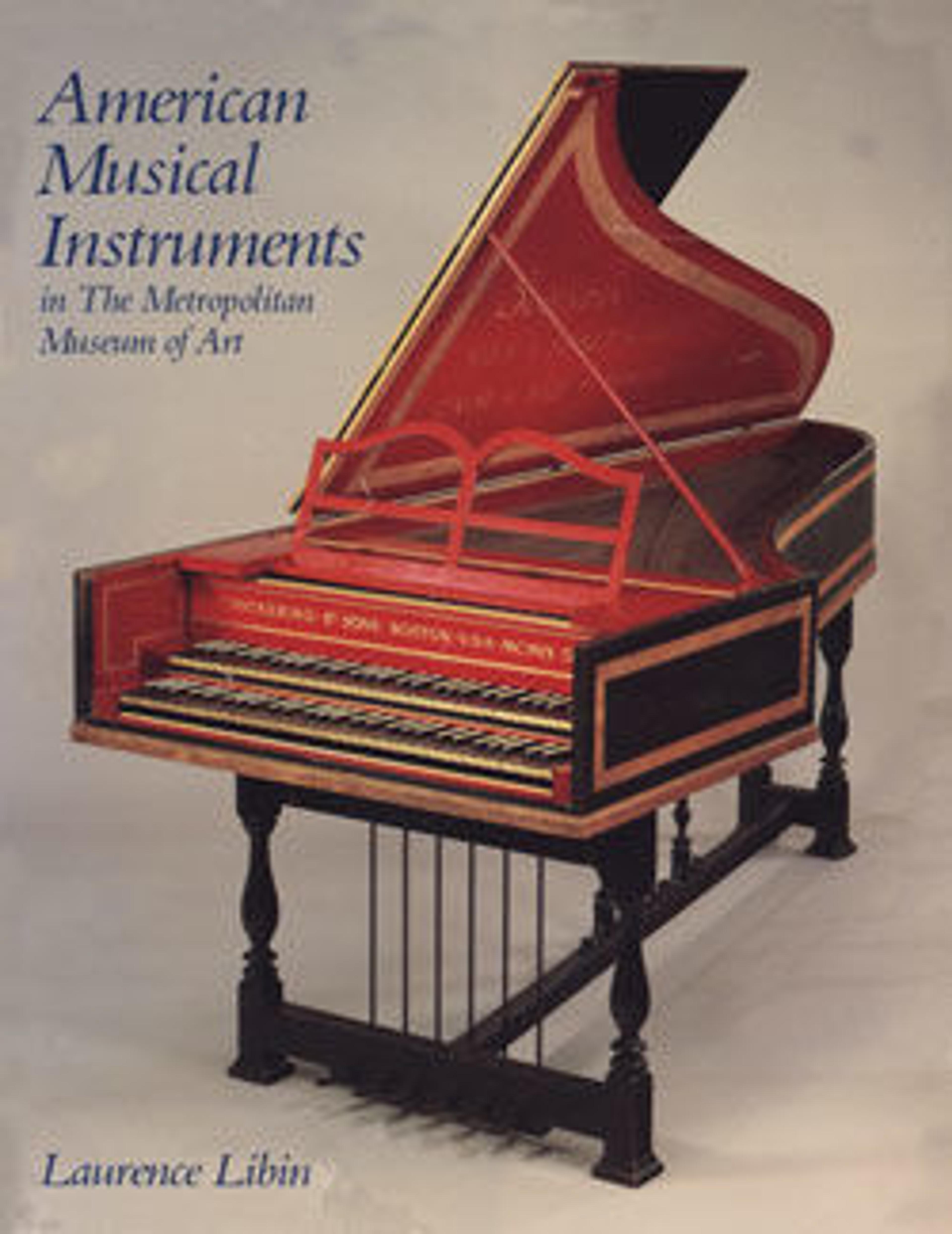Banjo
This instrument consists of a gourd banjo body and a banjo neck made by Wm. E. Boucher, Jr., that was likely attached to the gourd body at a later date. The gourd recalls the banjo’s African roots. The earliest sightings of banjo-like instruments in the Western Hemisphere date from the 1680s and describe enslaved Africans in the Caribbean playing plucked lutes with gourd bodies. Because of the fragility of gourds and the ephemeral quality of early pre-manufactured folk banjos, only two early gourd banjo-like instruments are known to exist. One was collected in Suriname before 1777 and the other was found in Haiti before 1872. The gourd body on this instrument shows wear and, while the neck that was originally attached to it has been lost, it is nevertheless one of very few extant pre-20th century gourd banjo bodies found in the Western Hemisphere.
The 5-string banjo with a steam-bent wooden hoop first appeared in the late 1830s. By 1845, William Boucher, a successful Baltimore musical instrument retailer and drum maker, had begun to make banjos. His workshop was the first to produce banjos in substantial quantities. This banjo neck has refined design details that exemplify Boucher’s excellent and inventive craftsmanship. These include the delicately proportioned headstock shaped like a violin peghead, and the double ogee where the short 5th string tuning peg is located on the top edge of the fingerboard.
Why the highly refined Boucher neck is attached to a gourd banjo body usually associated with a pre-manufactured folk instrument is unknown. One explanation is that Boucher neck was repurposed to replace the missing neck from the gourd body in order to produce a playable banjo. Another explanation is that the two parts were attached by a dealer simply to meet a collector’s request for a gourd banjo rather than to construct a playable instrument. (Peter Szego, 2020)
The 5-string banjo with a steam-bent wooden hoop first appeared in the late 1830s. By 1845, William Boucher, a successful Baltimore musical instrument retailer and drum maker, had begun to make banjos. His workshop was the first to produce banjos in substantial quantities. This banjo neck has refined design details that exemplify Boucher’s excellent and inventive craftsmanship. These include the delicately proportioned headstock shaped like a violin peghead, and the double ogee where the short 5th string tuning peg is located on the top edge of the fingerboard.
Why the highly refined Boucher neck is attached to a gourd banjo body usually associated with a pre-manufactured folk instrument is unknown. One explanation is that Boucher neck was repurposed to replace the missing neck from the gourd body in order to produce a playable banjo. Another explanation is that the two parts were attached by a dealer simply to meet a collector’s request for a gourd banjo rather than to construct a playable instrument. (Peter Szego, 2020)
Artwork Details
- Title:Banjo
- Maker:William Esperance Boucher, Jr. (Hanover, Germany 1822–1899 Baltimore, Maryland)
- Date:ca. 1840
- Geography:Baltimore, Maryland, United States
- Culture:American
- Medium:Wood, gourds, sheepskin
- Dimensions:93.5cm x 17cm x 24cm
- Classification:Chordophone-Lute-plucked-unfretted
- Credit Line:The Crosby Brown Collection of Musical Instruments, 1889
- Object Number:89.4.598
- Curatorial Department: Musical Instruments
More Artwork
Research Resources
The Met provides unparalleled resources for research and welcomes an international community of students and scholars. The Met's Open Access API is where creators and researchers can connect to the The Met collection. Open Access data and public domain images are available for unrestricted commercial and noncommercial use without permission or fee.
To request images under copyright and other restrictions, please use this Image Request form.
Feedback
We continue to research and examine historical and cultural context for objects in The Met collection. If you have comments or questions about this object record, please contact us using the form below. The Museum looks forward to receiving your comments.
